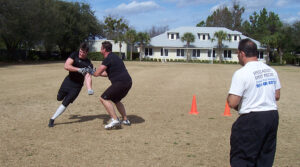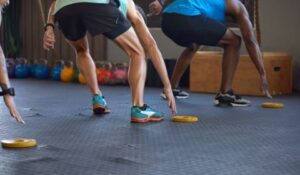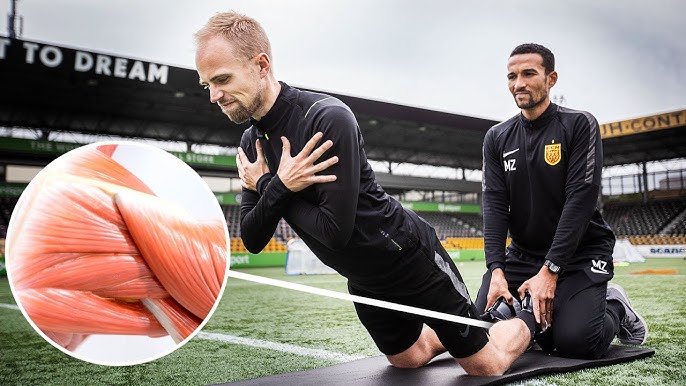Sports have always been about more than just the game. They’re about strategy, coordination, and most importantly, specialization. Each player, depending on their position, plays a unique role that requires specific physical and mental attributes. This specialization calls for a tailored approach to fitness training. For those looking for expert guidance, consider seeking Fitness Instruction in Petaluma, CA, where professionals understand the nuances of positional fitness training. In other words, a goalkeeper’s training routine should differ vastly from that of a striker.
 Why Position-Specific Training Matters
Why Position-Specific Training Matters
- Optimized Performance: Positional training focuses on developing the exact muscles and skills required for a given position. A defender in soccer, for instance, needs explosive power to jump and head the ball. By focusing on plyometric exercises, they can enhance this specific skill.
- Injury Prevention: Tailoring workouts based on position ensures that players develop strength and flexibility where they need it most. For example, a basketball point guard who often pivots and changes direction would benefit from agility drills and exercises that strengthen the ankles and knees.
- Increased Longevity: With improved performance and reduced injury risk, players can look forward to longer, more fruitful careers.
Creating a Positional Fitness Plan
- Identify Core Responsibilities: Understand the primary roles and responsibilities of the position. A rugby forward will be more involved in scrums and mauls, requiring strength, whereas a back needs speed and agility for runs and breaks.
- Focus on Key Muscle Groups: Once you know the responsibilities, identify the primary muscle groups involved. For instance, a baseball pitcher would focus more on rotator cuff exercises than a baseman would.
- Incorporate Functional Exercises: These are exercises that mirror the actual movements a player would make during a game. A volleyball player might incorporate jumping squats to mimic the action of spiking the ball.
- Prioritize Cardio Based on Need: While all athletes need a cardio base, the intensity and type will vary. A midfielder in soccer, constantly on the move, would prioritize longer, sustained cardio workouts, whereas a sprinter would focus on short, high-intensity bursts.
- Always Include Flexibility and Balance: Regardless of the position, flexibility helps in preventing injuries and maintaining a full range of motion. Balance exercises, on the other hand, enhance stability and control, which is pivotal in sports.
 Examples of Positional Fitness Training
Examples of Positional Fitness Training
- Soccer:
- Striker: Plyometrics for explosive speed, short sprints for acceleration, and agility ladders for quick footwork.
- Goalkeeper: Dive training, reaction ball drills for reflexes, and upper body strength exercises.
- Basketball:
- Center: Strength training for post-play, jumping exercises for rebounds.
- Shooting Guard: Dribbling drills, sprinting for fast breaks, and shooting exercises.
- Baseball:
- Pitcher: Rotator cuff strengthening, grip exercises, and total body flexibility.
- Catcher: Squat endurance, core strength, and reaction drills.
In conclusion, while a general fitness foundation is essential for all athletes, there’s undeniable value in honing in on position-specific training. Such an approach ensures that players are at their physical peak in the roles they play, giving them an edge on the field, court, track, or wherever their sport takes them.

